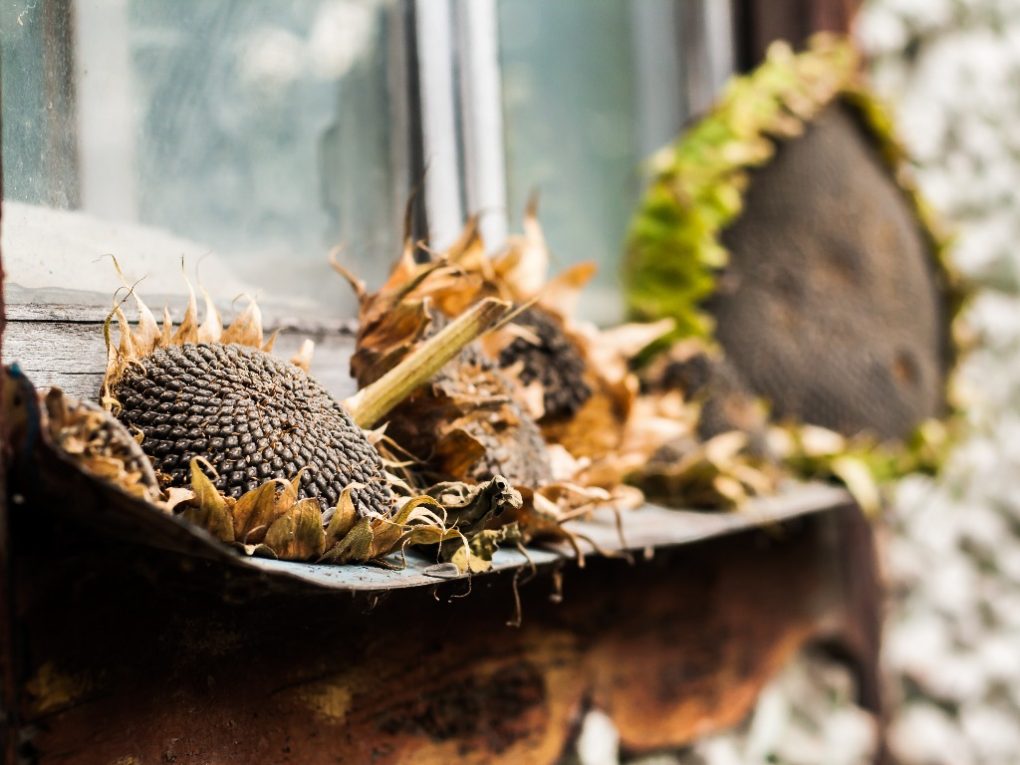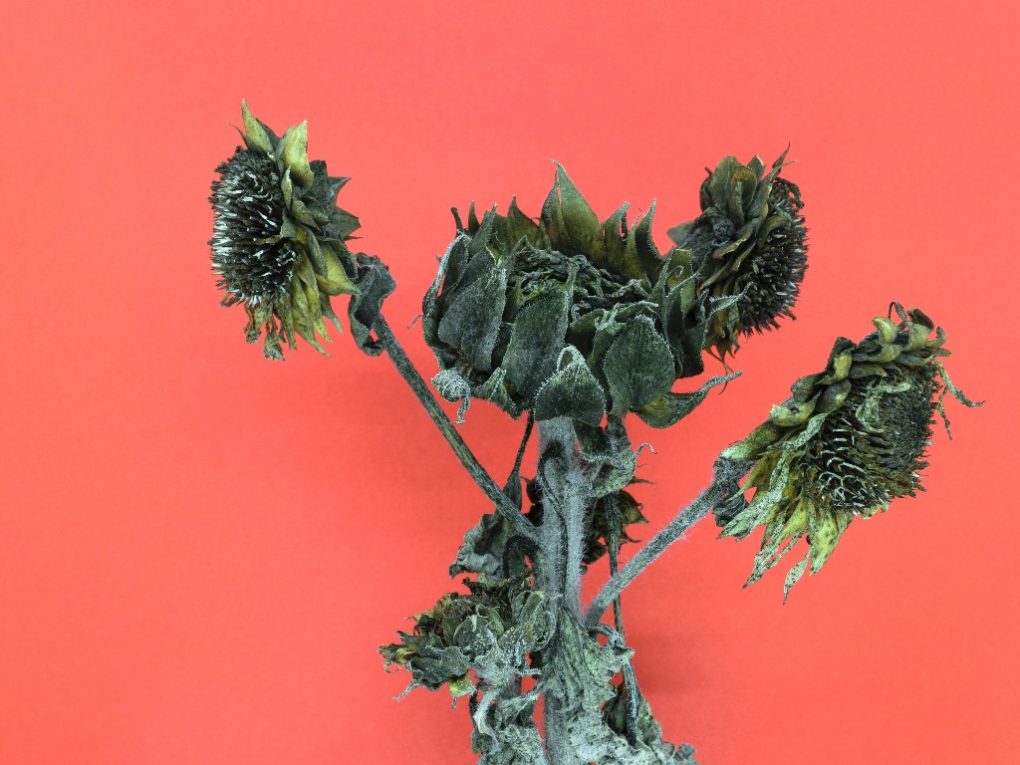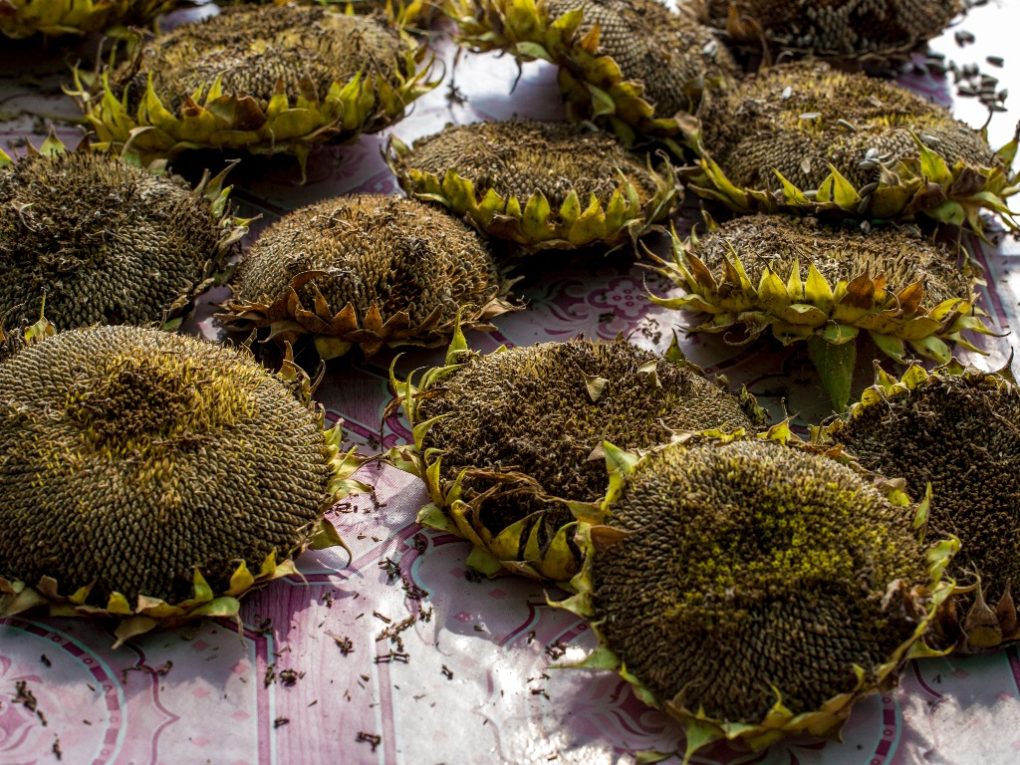Do Sunflowers Dry Well: Tips and Tricks for Drying Sunflowers at Home
Yes, sunflowers dry well, but it depends on the purpose. When it comes to drying sunflowers, there are a few different methods to choose from. One popular method is to use a desiccant, which is a substance that absorbs moisture. Another option is to hang the sunflowers upside down to dry.

Whether you want to use dried sunflowers for a craft project or want to enjoy their beauty for longer, understanding how to dry them properly is important. With the right techniques, sunflowers can dry beautifully and remain a stunning addition to any home or garden.
Table of Contents
Reasons Why They Dry Sunflowers
Sunflowers are a popular garden plant known for their bright yellow petals and tall, sturdy stems. But did you know sunflowers can also be dried and used for decorative purposes?
Drying sunflowers is a great way to preserve the flowers’ beauty long after they bloom. Dried sunflowers can be used in a variety of ways, such as:
- Preservation: Drying sunflowers can be a way to preserve the beauty of the flower and extend its life beyond its natural blooming period, confirming with HGTV. Drying sunflowers properly can help prevent mold or rot and keep the flower looking vibrant for longer.
- Decorative purposes: Dried sunflowers can be used for various decorative purposes, such as creating wreaths, floral arrangements, or adding a rustic touch to home decor. Dried sunflowers can add texture and color to any space and last long if properly dried and preserved.
- Bird feeders: Sunflower seeds are a popular food for many types of birds, and drying sunflowers can be a way to provide a source of food for feathered friends during the winter months. Sunflower heads can be hung outside for birds to access, or the seeds can be removed from the dried heads and placed in bird feeders.

Drying sunflowers can also help to preserve the seeds for planting in the future. By drying the heads of the sunflowers, the seeds can be easily harvested and stored for later use. Drying sunflowers is a simple and rewarding process that can add beauty and interest to any home or garden.
Tips to Dry Sunflowers
Drying sunflowers is a great way to preserve them for decorative purposes or use in crafts. There are several methods for drying sunflowers, including air, microwave, and oven drying.
Air Drying Sunflowers
Air drying is the most traditional method of drying sunflowers. Here’s how to do it:
- Harvest sunflowers when the petals are just starting to wilt, and the back of the flower head is turning yellow.
- Remove any leaves from the stem.
- Tie a string around the stem and hang the sunflowers upside down in a warm, dry, and well-ventilated area.
- Wait 2-3 weeks for the sunflowers to dry completely.

Microwave Drying Sunflowers
Microwave drying is a quick and easy method for drying sunflowers. Here’s how to do it:
- Harvest sunflowers when the petals are just starting to wilt, and the back of the flower head is turning yellow.
- Remove any leaves from the stem.
- Place the sunflowers in a single layer on a microwave-safe plate.
- Microwave the sunflowers on high for 30 seconds, checking them after each interval until they are dry.
Oven Drying Sunflowers
Oven drying is a fast method for drying sunflowers, but it requires careful monitoring to prevent the flowers from burning. Here’s how to do it:
- Harvest sunflowers when the petals are just starting to wilt, and the back of the flower head is turning yellow.
- Remove any leaves from the stem.
- Preheat the oven to 180°F (82°C).
- Place the sunflowers on a baking sheet lined with parchment paper.
- Bake the sunflowers for 4-5 hours, checking them every hour to ensure they are not burning.
Storing Dried Sunflowers
Choose an Airtight Container
Choosing the right container to store your dried sunflowers is important to prevent moisture from getting in and to preserve their quality. Glass jars with tight-fitting lids are a good option for storing dried sunflowers. They are transparent, so you can easily see the contents inside, and they don’t react with the flowers or their oils.
Plastic containers with snap-on lids or screw-on caps can also work well for storing dried sunflowers. Choose containers made from food-grade materials that won’t leach harmful chemicals into the flowers.
You can also try metal containers with tight-fitting lids, such as tin or aluminum, which can also be used to store dried sunflowers. Ensure the container is lined with food-grade material to prevent any reactions to the flowers.
Based on experience, vacuum-sealed bags are a good option for storing many dried sunflowers. They remove all the air from the bag, which can help prevent moisture from getting in.
Store in a Cool, Dark Place
Storing dried sunflowers in a cool, dark place is important to preserve their quality and prevent them from losing color and fragrance. Look for a cool, dark location in your home to store your dried sunflowers. A closet or pantry can work well if it’s away from direct sunlight and heat sources.
High humidity can cause dried flowers to become damp and moldy. Avoid storing your dried sunflowers in areas with high humidity, such as the bathroom or basement. As I mentioned earlier, airtight containers are important to prevent moisture from getting in and preserve the dried sunflowers’ quality. Choose glass jars, plastic containers, or metal tins with tight-fitting lids to store your flowers.
Sunlight and artificial light can cause dried flowers to fade and lose color. Store your dried sunflowers away from direct light or in a container that blocks light. Check your dried sunflowers regularly for any signs of moisture or pests. If you notice any mold or insects, remove the affected flowers and transfer the rest to a new container with fresh desiccant.
